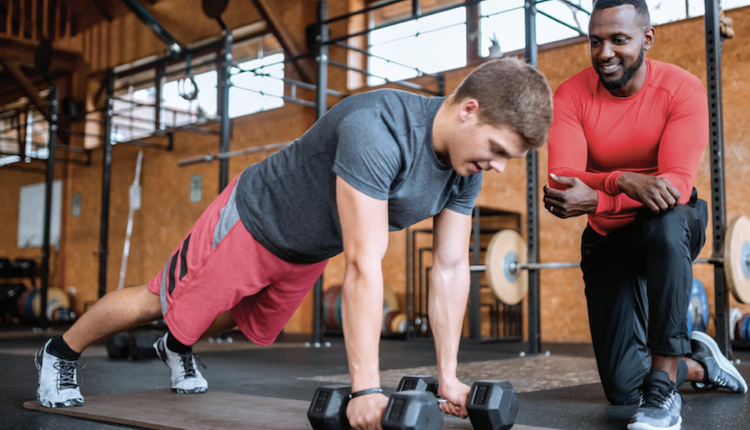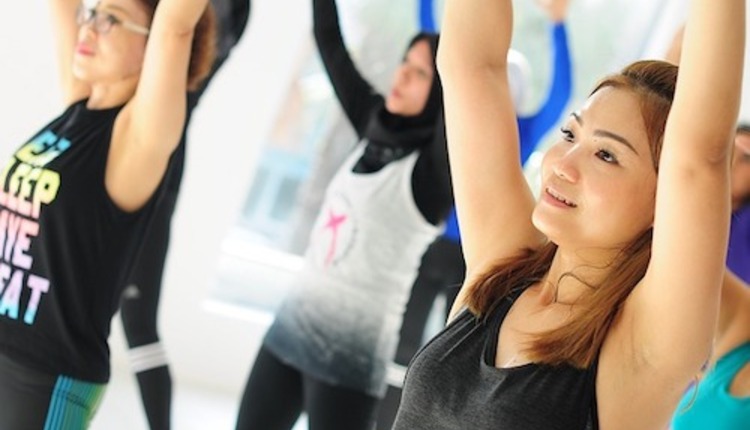Several studies have demonstrated the importance of increasing women's self confidence toward participation in and maintenance of physical activity. To increase self confidence, activities for previously sedentary women should do the following:
- Emphasize moderate intensity (especially initially, until women get used to being more active).
- Be progressive in nature--both in terms of skill development and intensity level. In other words, the program should start out with activities that are simple and easy to learn so women will experience success, instead of starting out with difficult activities that will "weed out" women who are not used to activity.
- Highlight role models who are from similar backgrounds as the women participating in the program.
- Teach goal-setting techniques because successfully achieving goals builds confidence; participants should focus on process goals (i.e., exercising 3 days a week) instead of product goals (i.e., losing 10 pounds in 2 weeks).
- Teach about self-monitoring techniques such as logs and pedometers because learning these techniques sensitize women to their current level of activity and inform them about how well they are doing or what they might do to improve.
- Teach about the importance of positive self-talk; many women say negative things to themselves, which can derail their development of self-efficacy.
- Increase activity above the current level--and minimize the focus on achieving instant weight loss or obtaining the perfect body.
Whether a woman enjoys a specific type of exercise is another factor that could affect continued participation in activity. Enjoyment of activity could be affected by exercise or activity intensity (e.g., moderate or vigorous), duration (e.g., multiple short bouts or one long continuous bout), mode (e.g., walking or lifting weights), or social setting (e.g., health club or home). One of the keys to facilitating enjoyment in women is giving them choices as far as activities and exercise intensity. Women should be encouraged to try various types or modes of physical activity until they find something they like to do. If they like what they are doing, they are more likely to continue doing it on a regular basis. Additionally, exercise classes as part of a program should be flexible and offer a variety of alternatives to activities that are difficult. For example, a yoga instructor who offers modifications for women who cannot do certain poses encourages women to continue to participate in the yoga class.
Social support, or the encouragement or assistance a person receives from her family, friends, coworkers, or health professionals, is an important correlate of activity in many women. In one study, women who did vigorous activities such as running or aerobics enjoyed social contact more than women who participated in moderate activities such as yoga or walking. In addition, women who participated in vigorous physical activity felt that being part of a group was integral to their involvement and that having camaraderie with a friend helped them maintain vigorous physical activity. Unfortunately, participation in activity may stop or stall when significant others are not supportive of a physically active lifestyle. Some believe that social support is a more influential factor in the initiation stage of activity, but may not be as much of a factor in the maintenance of long-term physical activity in women.
Excerpt adapted from Developing Effective Physical Activity Programs (Human Kinetics, 2009). For more information on Developing Effective Physical Activity Programs or other physical activity books, visit www.HumanKinetics.com or call 800.747.4457.











